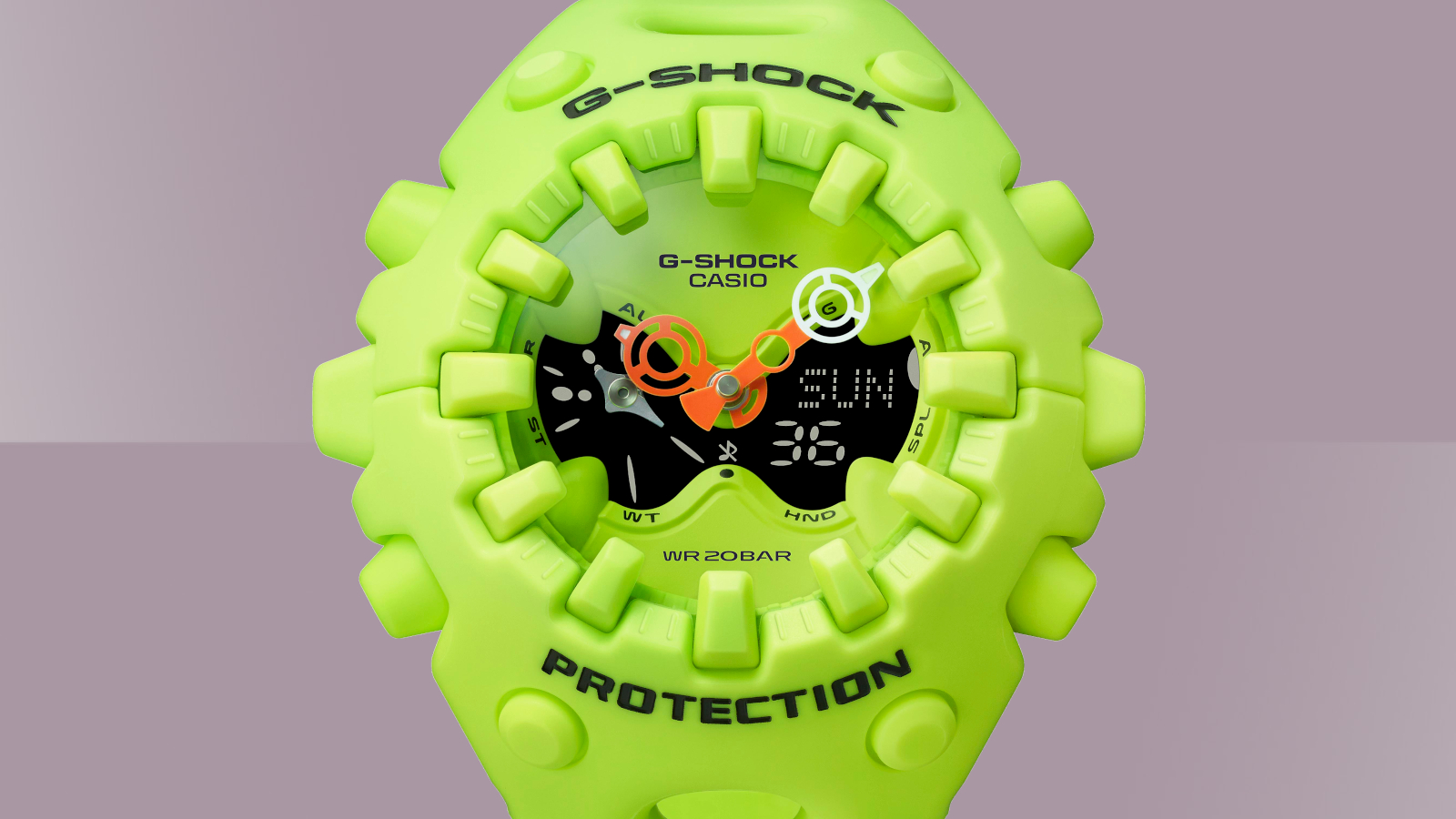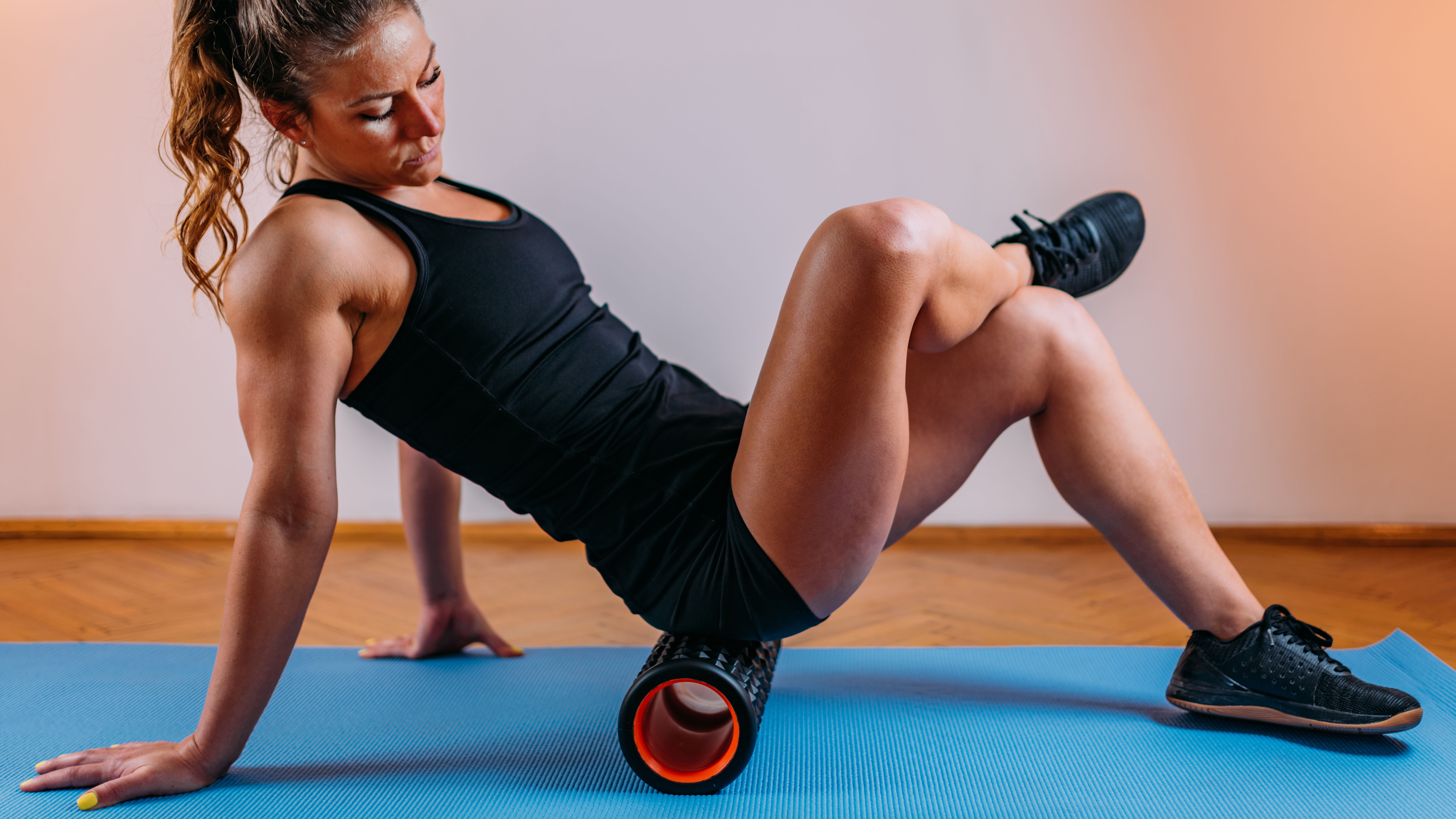
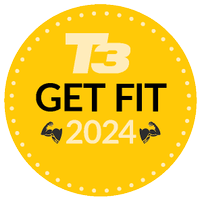
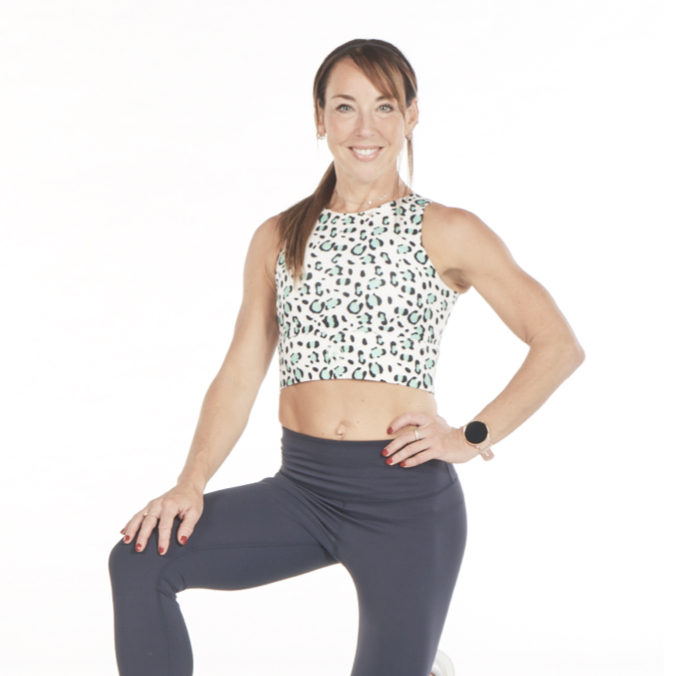
You’re probably well aware that exercise is good for you. It can help boost self-esteem, mood, sleep quality and energy, as well as reduce your risk of stress, clinical depression and obesity. But have you ever stopped to ask yourself what happens to your body when you exercise?
The short answer is that exercise hurts your body, prompting a reaction. When you lift weights, for example, you’ll create tiny micro tears in the muscle fibers so your body can repair them - and repair them even stronger than they were before.
You know that feeling when you can’t move your legs after leg day? It’s a sign of muscle growth. You’ve torn the very muscle fibers you’re trying to grow, and now they are working overtime to recover and fuse together to form new muscle protein strands or myofibrils.
The same when you go for a run or play football. Any discomfort is like a wake-up call to the body, telling it that it needs to be better equipped to deal with the situation; it needs to become stronger, bigger, or more efficient. It needs to adapt to the pressure.
This process is natural and normal, but it's easy to disrupt it with too much exercise. Which is where recovery comes in.
According to US researchers, the perils of over-training are numerous. Not only can it undo all the hard work you put in at the gym, but it can also leave you feeling lethargic, unable to sleep, irritable and lacking any sort of get-up-and-go. What's more, the disruption it causes to your body's systems can actually lead to weight gain - thanks to the amount of cortisol (stress hormone) being overly produced and therefore being pumped around the body.
Therefore you must take your recovery as seriously as your workouts - and as cliche as it sounds, listen to your body. Here are six more ways you can use to help you recover and recuperate faster from your workouts.
Sign up to the T3 newsletter for smarter living straight to your inbox
Get all the latest news, reviews, deals and buying guides on gorgeous tech, home and active products from the T3 experts
1. Structured rest
Factoring in rest days is essential to any committed training program. Remember, less is sometimes more, and you don't get stronger in the gym, you get stronger whilst you rest.
We suggest incorporating a de-load week every 8-12 weeks of training to allow your body to properly recover. This could be an entire week away from exercise or a time to temporarily reduce weight, intensity or volume. We don’t mean do nothing - but instead factor in some walks in nature some yoga classes or perhaps a week of core work and foam rolling. This isn’t permission to turn into a couch potato - think of it as ‘Active Recovery’ - and the chance to explore new ways to move and try new things.

2. Sleep
It really is imperative to get good quality sleep, as running in a sleep debt can impair both workout intensity recovery and general productivity.
The National Sleep Foundation recommend adults get 7-8 hours and never less than six hours, so this is your call to start taking your sleep and recovery seriously and take all the necessary steps to enhance the quality of your sleep where possible. Consider investing in a good mattress and pillow, and pay attention to the room temperature, lighting and noise control.
This should help to create the perfect environment for tranquil sleep. After all, lack of sleep will not only affect how quickly your body recovers from your workouts but also affect your whole body and all its systems — including your brain, heart, and lungs. It also plays a major part in metabolism, immunity and mood.
3. Avoid alcohol
Sorry to be a killjoy, but alcohol is just a no-go when it comes to muscle recovery. With every 'swift' half (or two), you bombard your body with toxins. Your body then has to deal with these as a priority, meaning it can't direct as much attention as you would like to help your muscles heal and grow.
According to the National Strength and Conditioning Association, anything with 4 per cent or more alcohol can also increase how much you urinate, which in turn can play havoc with your hydration levels and lead to cramping and delayed recovery. The bottom line; staying off the booze is essential if you want to come back from your workouts feeling stronger and quicker - just don’t shoot the messenger!
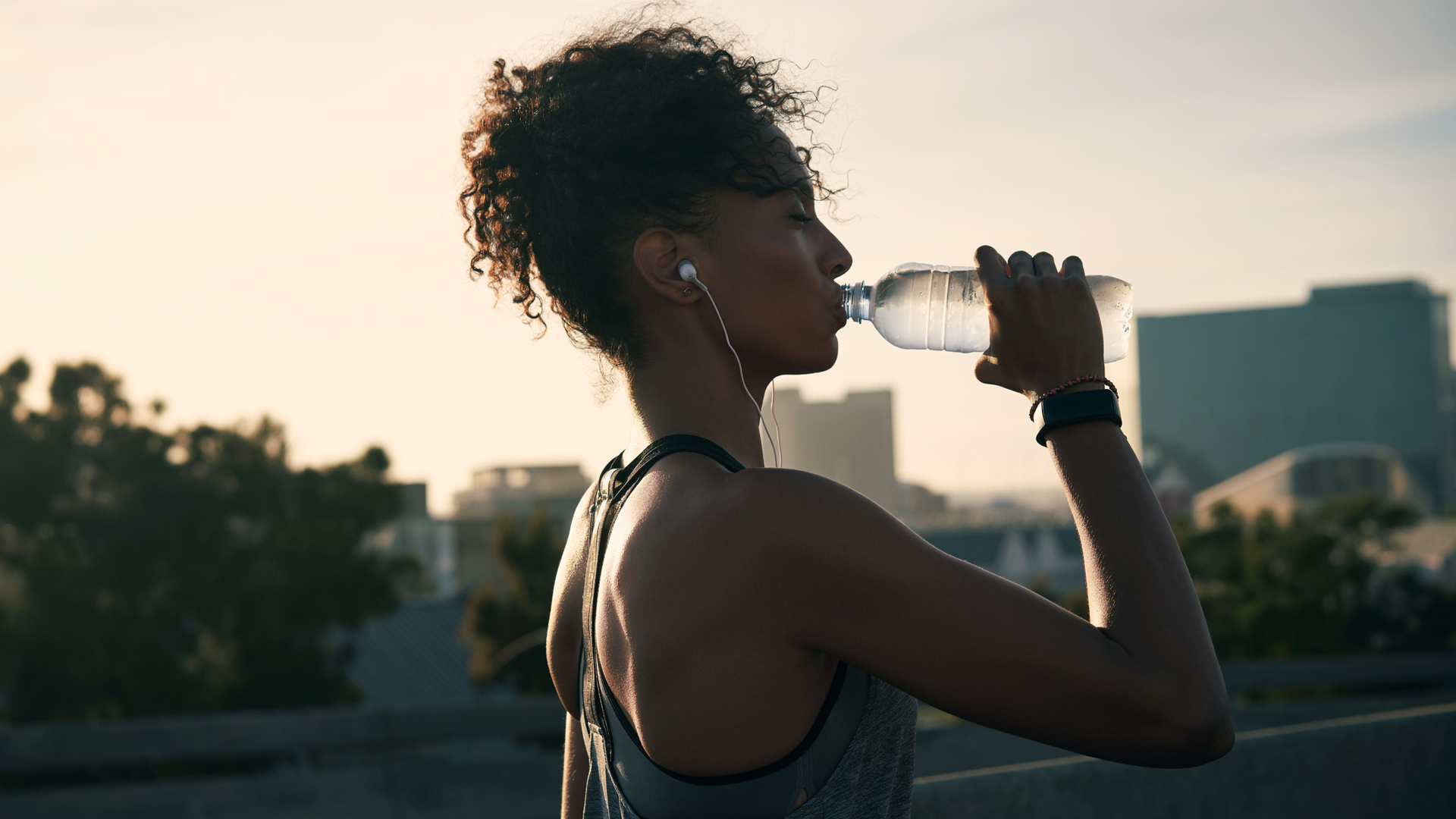
4. Drink up
Water, that is! After a workout, it’s very important to replace the fluids lost during exercise. Our bodies are made up of nearly two thirds of water, and studies have found that dehydration can not only have a huge impact on your aerobatic performance but also repair and recovery.
According to research, if you’re dehydrated following an injury, your recovery process slows immensely and halts protein synthesis, the process that helps rebuild muscles.
As a guideline, the NHS recommends we drink around 6 to 8 glasses of water each day. But it’s important to remember that water isn't the only fluid we can consume to reach that goal. Tea, coffee, milk and sugar-free drinks are all good choices too.
5. Take a (cold) dip
While it might be a scary and a thoroughly unpleasant prospect, many professional athletes take regular ice baths to help reduce soreness and inflammation after researchers found that immediate cold water immersion after exercise could effectively reduce muscle inflammation and promote recovery.
You may also want to consider water contrast therapy, which involves alternating between hot and cold water to repeatedly constrict and dilate blood vessels. This helps to create a pumping effect that not only helps to rid the system of waste products but also improves the flow of oxygenated blood and improves tissue healing.
One method recommended by the Journal of Athletic Training is to relax in a hot bath for four minutes or so, followed by a 60-second blast of cold water until you reach the 30-minute mark. Just be sure to get out of the bath and face the cold - we know it’s hard!
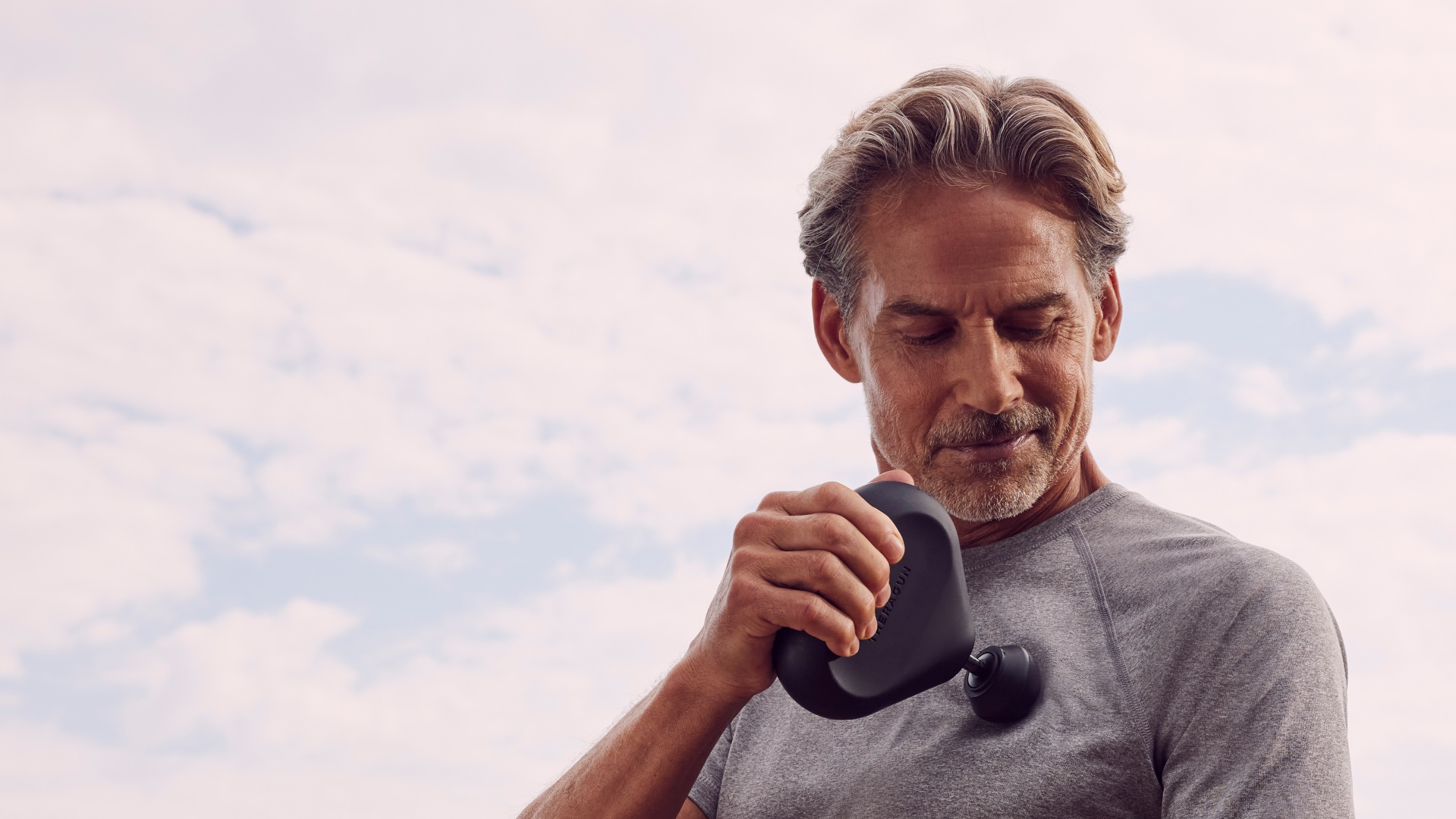
6. Get a massage
According to research, a good sports massage therapist will be able to help you relieve tension in your muscles, flush toxins from your body and put you in a relaxed state.
Typically, it’s advised that those who train regularly get a massage bi-weekly or monthly to help manage muscle tension, enhance recovery, and prevent injuries, but we know this costs time and money, so, in the meantime, you can use a foam roller which helps iron out muscle knots and release muscle tightness.
Or why not try a massage gun, a self-massage technique that uses rapid vibration to unbind the fascia, release tension and stimulate blood flow, which ultimately leads to better workouts and faster recovery?
This feature is part of T3's Get Fit 2024 campaign. We’ll be bringing you a wealth of guides, features, deals and news to help you get healthy, fit and ready for anything the new year can throw at you. Whether you’re a newcomer to fitness or someone with a passion for it, we’ll bring you all the best workouts, diet advice and gear to set you on the right track.

Lucy Miller is a journalist, Level 3 Personal Trainer, Nutritional Advisor and Children’s Fitness Specialist. She holds fitness qualifications from NASM Training and Premier Training International and has been a fitness journalist and fitness (and cover) model for over 20 years. Since going freelance in 2014, Lucy left Men’s Fitness Magazine to write for an abundance of top consumer titles such as Women’s Health, Women’s Fitness, Waitrose, The Times, The Guardian and Runners World.
She’s also extremely passionate when it comes to educating others about health and physical activity and loves inspiring and working with children and adults to help make fitness fun, sustainable and accessible. In her spare time, Lucy is ever the sportswoman. Once a national gymnast, having won three national titles, she has also run a handful of marathons around the world and loves to test her physical and mental side with daily running and gym sessions, not to mention ballet, bootcamp, boxing and TRX.
-
 Jake Dearden’s Hyrox training regime and 4000-calorie diet
Jake Dearden’s Hyrox training regime and 4000-calorie dietFind out how the Hyrox champ trains weekly and fuels his sessions
By Bryony Firth-Bernard
-
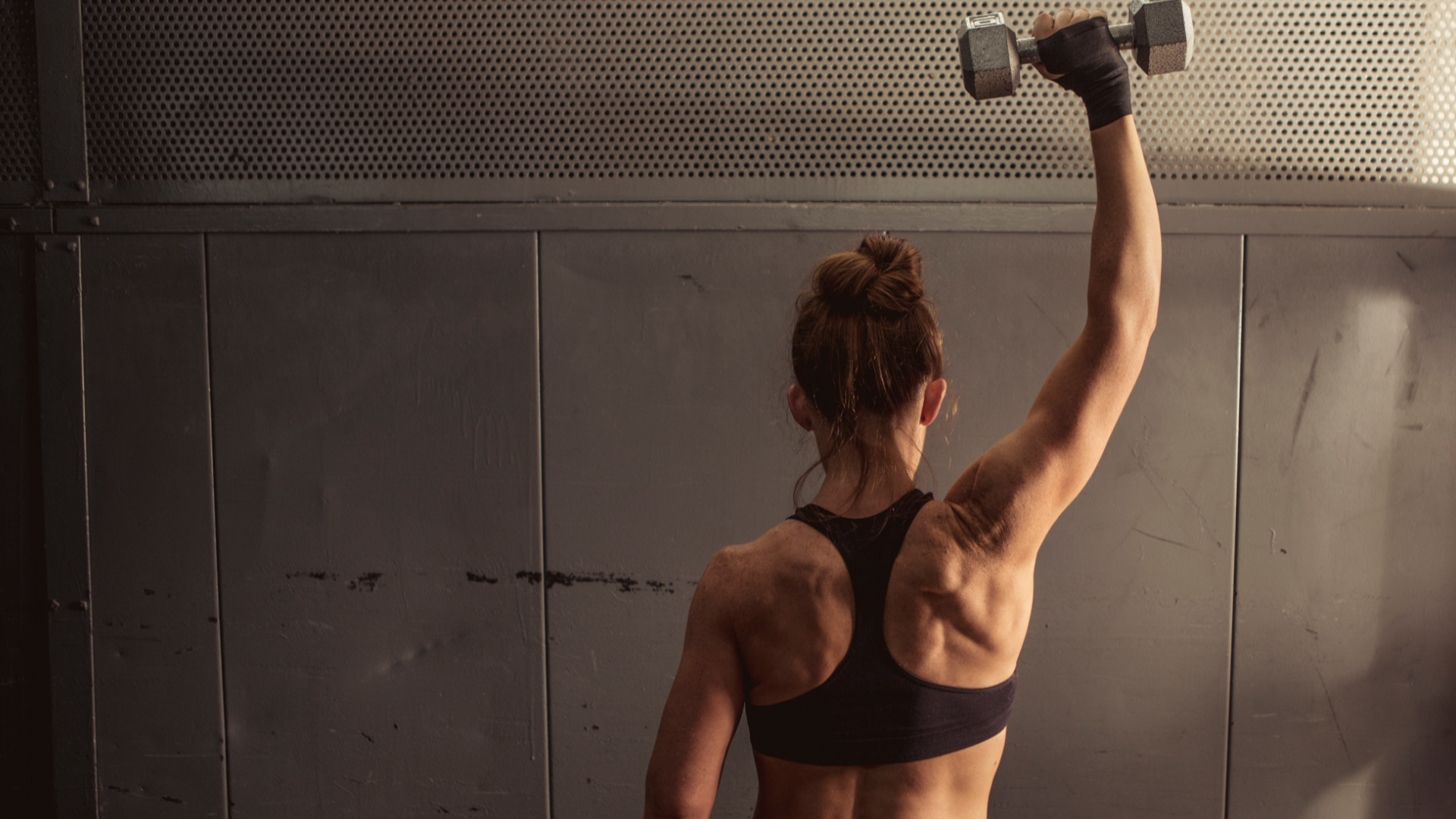 Three exercises to 'life-proof' your shoulders, according to a mobility expert
Three exercises to 'life-proof' your shoulders, according to a mobility expertHealthy shoulders mean better movement, more strength and less injury
By Bryony Firth-Bernard
-
 The 5 most efficient exercises for adding strength and size
The 5 most efficient exercises for adding strength and sizeExercise Scientist Dr. Mike Israetel says these are the lifts you should prioritise if you want to get jacked and strong
By Bryony Firth-Bernard
-
 Build unshakeable core strength with a kettlebell and these three exercises
Build unshakeable core strength with a kettlebell and these three exercisesAdd this to the end of your workout to fire up your midsection muscles
By Bryony Firth-Bernard
-
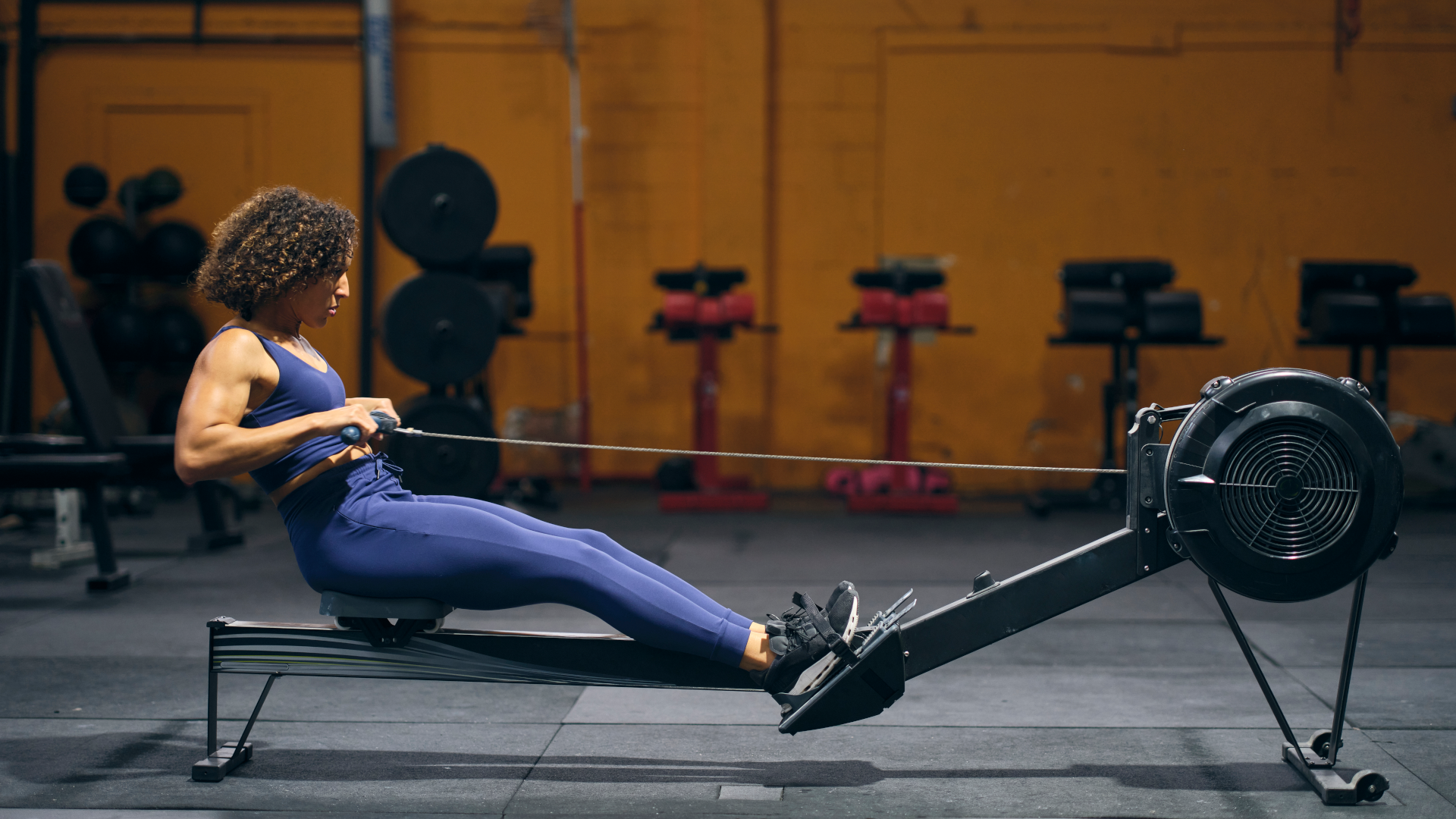 Supercharge your aerobic engine with this three-move rower workout
Supercharge your aerobic engine with this three-move rower workoutImprove your cardiovascular fitness and burn through calories
By Bryony Firth-Bernard
-
 3 overrated shoulder exercises, according to a fitness expert (and what to do instead)
3 overrated shoulder exercises, according to a fitness expert (and what to do instead)Sculpt 3D shoulders whilst minimising injury with these three alternative exercises
By Bryony Firth-Bernard
-
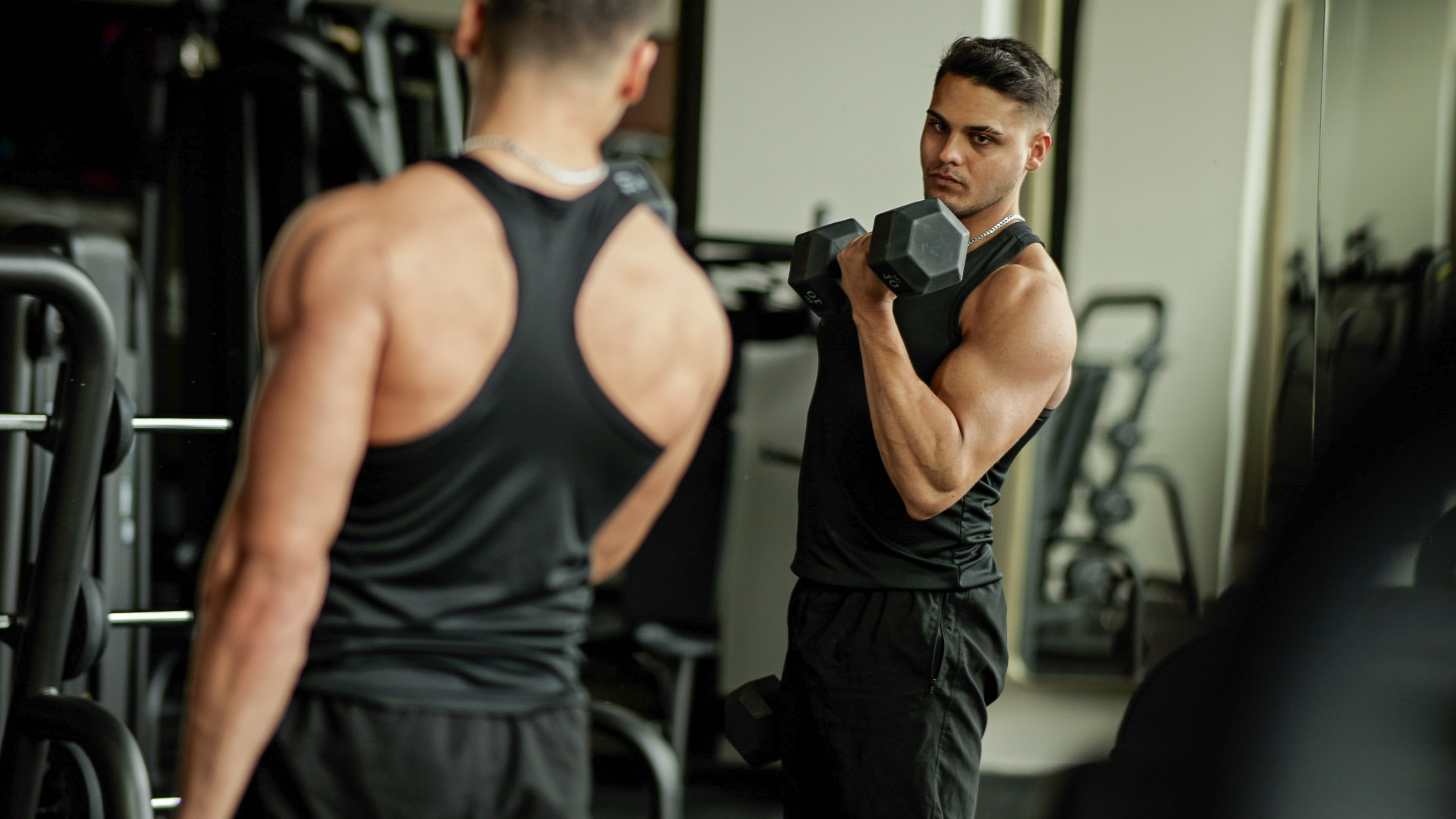 The best biceps exercise, according to science
The best biceps exercise, according to scienceHave you been training your biceps wrong this whole time?
By Lucy Miller
-
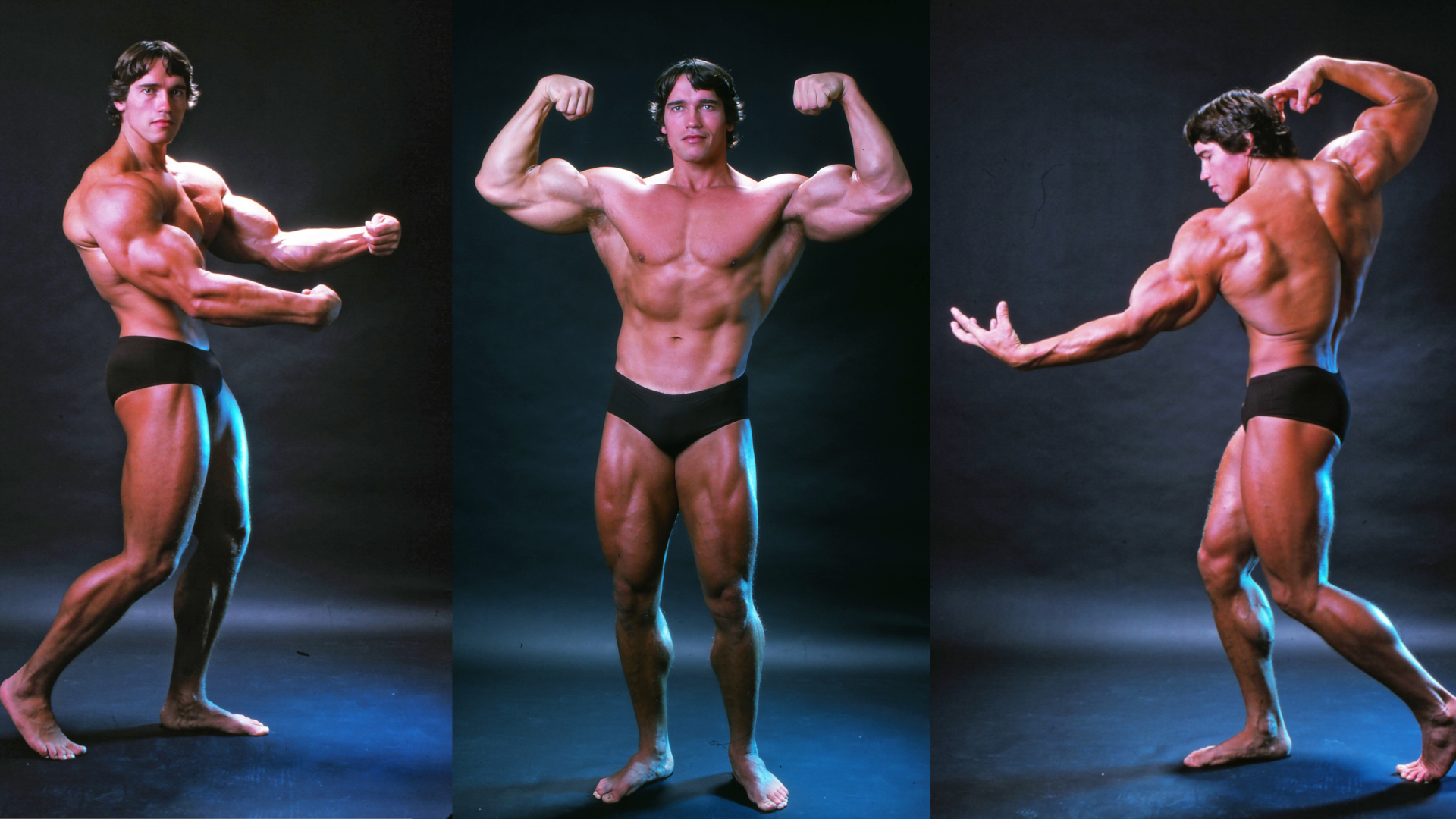 Arnold Schwarzenegger's 30-minute dumbbell workout for full-body gains
Arnold Schwarzenegger's 30-minute dumbbell workout for full-body gainsIncrease your strength and muscle mass in the time it takes to make tea – what’s not to love?
By Bryony Firth-Bernard
